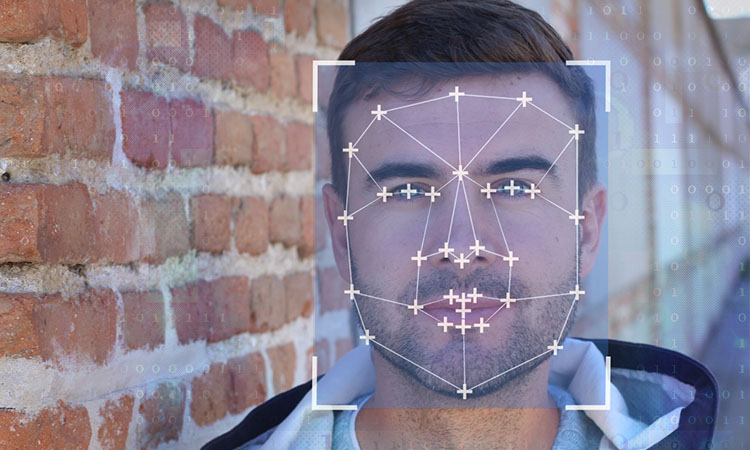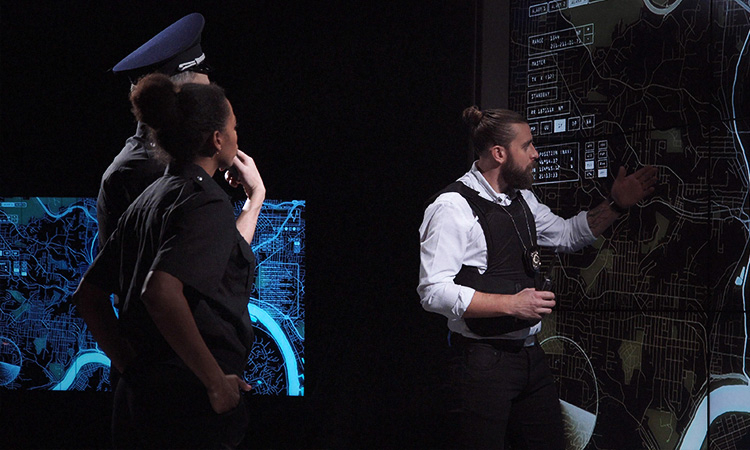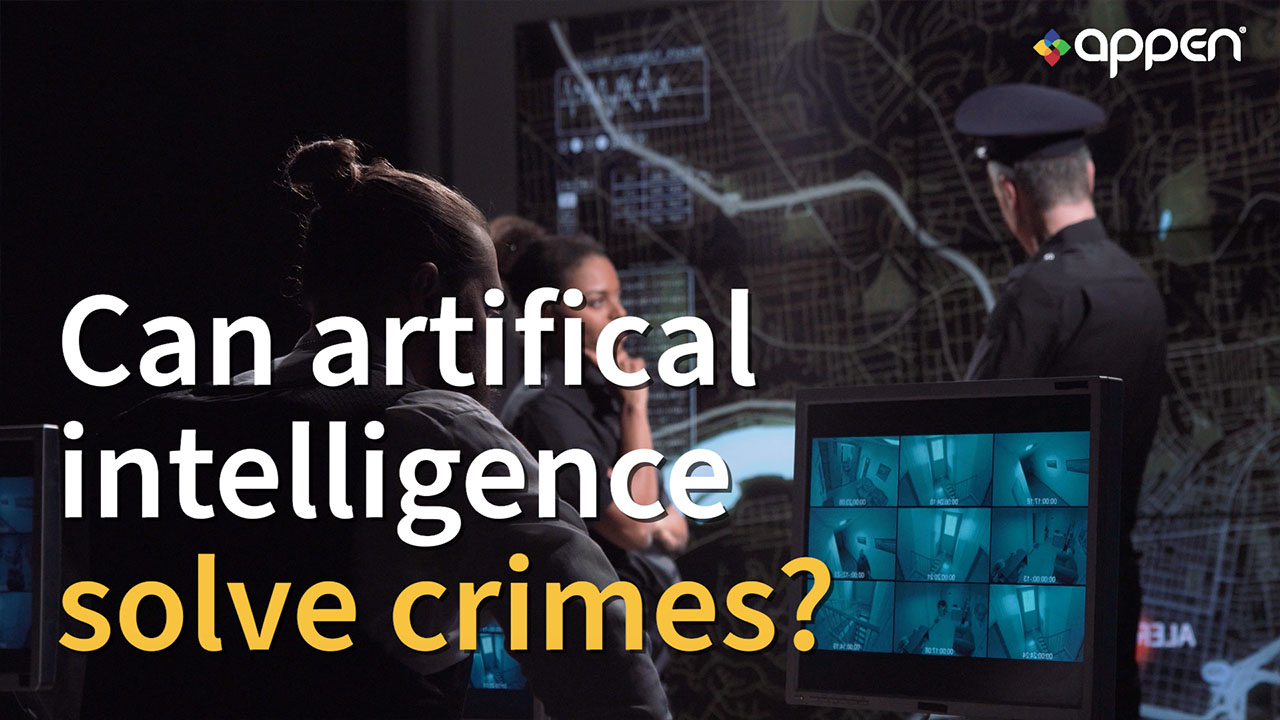Can AI Help Police Officers Solve Crimes?
Law enforcement is in charge of public safety, and must handle all of the challenges that come with that. Luckily, police officers are able to rely on technology for many parts of their job. In recent years, artificial intelligence in law enforcement has become an important aspect of police work globally.
As AI-based police technology becomes increasingly essential to law enforcement, areas like crime prevention and prediction are going through major changes. Predictive policing is just one of the results to come out of this transformation, with other policing practices undergoing significant adjustments in the name of public safety.
AI in Police Work Today

Law enforcement agencies are already unlocking the potential of AI in several important ways.
1. Facial Recognition
Facial recognition technology is crucial to police departments. Police officers use facial recognition to identify criminals on the run and missing persons using image data. If you’ve ever seen footage from a street camera, you know how low quality these images are. As you may imagine, reviewing these images for key information is difficult and labor-intensive. Many police departments don’t even have enough people or specialists to handle the volume of image analysis needed to solve all of their cases.
AI in law enforcement promises greater accuracy than humans in matching faces and saves officers time. Machines can use parameters to identify faces beyond what humans can typically detect. Some AI technology today is even advanced enough to find a single face in a crowd at a stadium – something that recently helped China catch a criminal at a crowded sports event.
2. Cameras
In most major cities, cameras are everywhere on the streets and in businesses. Law enforcement often relies on this footage to review crimes after the fact and catch criminals. AI can not only apply facial recognition to these images but also identify objects and complex activities like car accidents taking place.
Object identification is especially important for police officers trying to monitor large events, such as music festivals or marathons. Because they can’t be in multiple places at once, officers can rely on AI in law enforcement to send an alert if someone in the area has a weapon or is acting unusually and may be a perceived threat.
Object identification has other uses as well. Through analyzing street footage, AI can identify vehicles based on set characteristics. For example, the machine could show you every blue minivan that passed through a given intersection in an hour. Where this becomes useful is when officers are looking for a stolen vehicle, or a criminal on the run, and need results quickly.
Law enforcement agencies are also working with drone cameras, which allow them to explore more surface area and engage in quicker search-and-rescue efforts. These drones are naturally equipped with AI facial and object recognition capabilities.
3. Predictive Policing
AI predictive policing refers to the ability to predict where crimes will occur, the individuals who will commit them, the types of crime, and who the victims will be. Predictive policing is a controversial topic, but it’s still a long way from becoming commonplace. Companies and police departments are just starting to test out predictive policing systems. These systems could eventually provide significant strides forward in predicting and ideally preventing crimes.

When it comes to predicting crime locations, algorithms can analyze crime rates across various areas and develop a map of crime hot spots. This tells police to target these areas for extra patrolling and surveillance.
AI is also able to paint a better picture of who is at risk for committing a crime, and who will likely re-offend once released from prison based on data collected and analysis of historical patterns. Naturally, there’s some controversy over what should be done about this information and more debate to be had as this practice grows in use.
Where predictive policing may be most helpful is in identifying likely future victims of crimes. Research is currently being done in catching elder abuse before it happens by better understanding the environmental conditions that enable it, and using that information to project what type of abuse is most likely. While elder abuse is just one use case, imagine the implications of predictive policing in a whole other host of violent crimes as well.
4. Robots
No, we’re not close to replacing our entire police force with robots anytime soon. But, police departments are turning to robots to handle tasks ranging from the mundane to the most dangerous.
Some countries are indeed testing out robots who act as replacement police officers. Dubai is experimenting with street robots that can transmit data back to headquarters to be reviewed by humans there. They’re also equipped with touchscreens for reporting crimes and can communicate in six different languages.
Robots can also complete more complex tasks on behalf of police officers. They can enter dangerous locations and identify humans and objects that pose potential threats, a safer alternative to risking police officer lives. There are robots that are also equipped with the ability to detonate bombs, improving public safety without putting officers in harm’s way.
5. Non-violent Crimes
AI is adept at spotting anomalies in patterns, and this lends itself well to discovering non-violent crimes like fraud and money-laundering. Banks have already dived in on the AI revolution as being integral to their security, and law enforcement is partnering with these entities to catch these kinds of crimes.
Through analyzing images, AI can pick out counterfeit goods and counterfeit bills with a high probability of accuracy, spotting details that the human eye may miss.
Read more about the applications of AI in police work in this FutureGrasp article by Tom Campbell.
What’s the Future of AI in Law Enforcement?

AI may still be new to the law enforcement community, so its applications have not yet been fully realized. Nonetheless, it’s already making an impact in key areas like surveillance, crime prevention, and crime-solving.
With enhanced imaging technologies and object and facial recognition, AI reduces the need for labor-intensive tasks, freeing officers to handle more complex activities. AI also may capture criminals that would otherwise go free, and solve crimes that would otherwise go undetected.
Predictive policing is likewise an area to watch, as it could have major implications for how criminals are caught and how victims are identified. Ideally, predictive policing will safeguard the public even more than before, but there are still kinks to be worked out as systems become more advanced.
There’s no telling how these changes will transform the role of the police officer and benefit public safety. One thing is sure: the results will likely have a major impact on us all.
Read more about the future of AI in law enforcement in this NIJ article by Christopher Rogano.
For more information about how you can leverage AI and machine learning at your company, check out our solutions.



